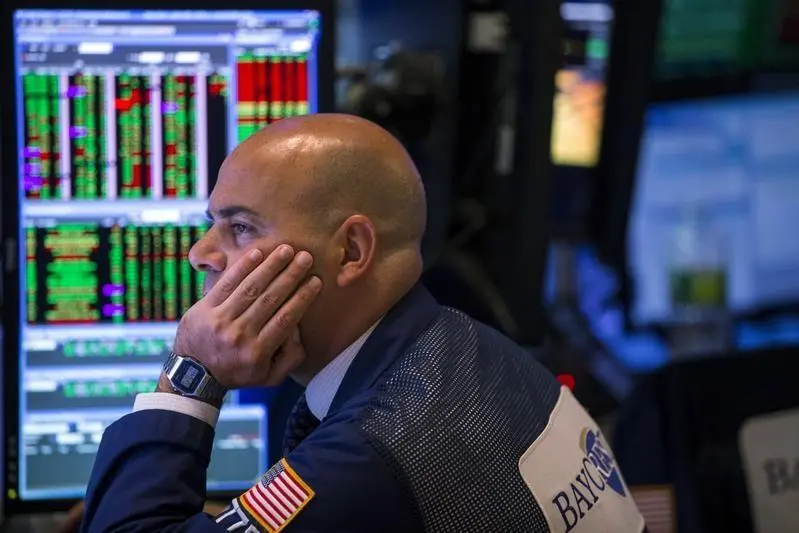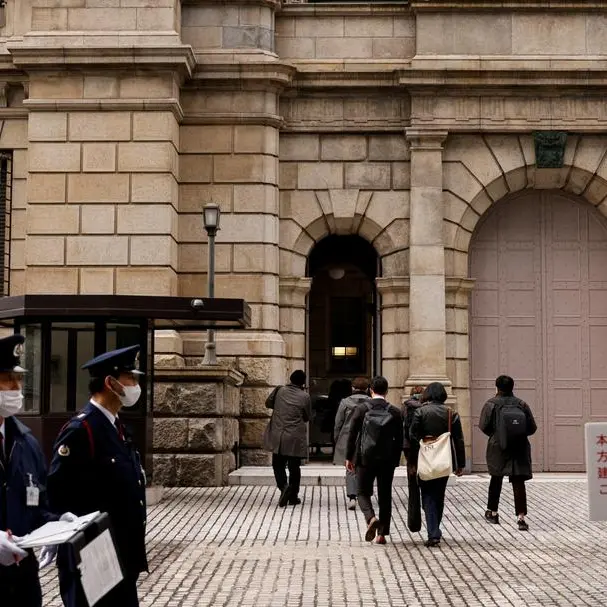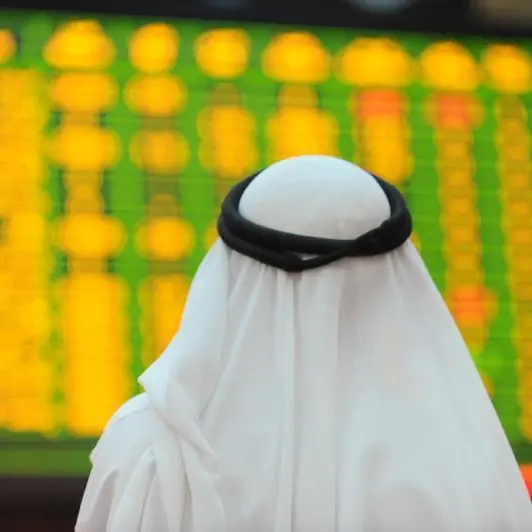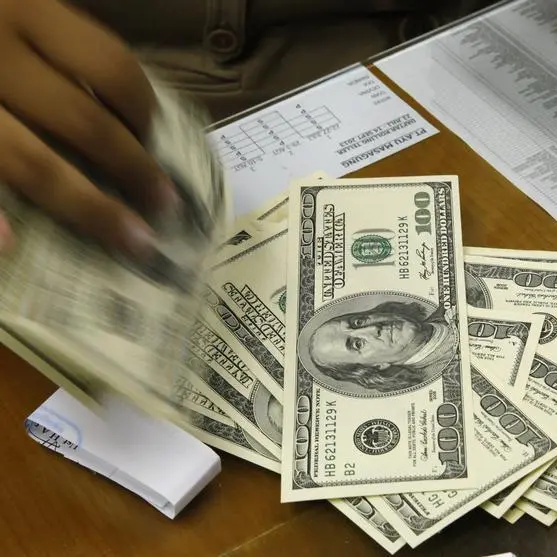PHOTO
* Major currencies little changed ahead of big events
* BOJ's next step seen as cutting rates and steepening yield curve
* Investors doubt BOJ can cheapen yen
By Hideyuki Sano
TOKYO, Sept 20 (Reuters) - Major currencies came to a standstill on Tuesday as investors looked to this week's Bank of Japan and Federal Reserve policy meetings, with speculation rife that the Japanese central bank could make major changes to its stimulus programme.
The dollar stabilised at 101.88 yen
BOJ officials have suggested in recent weeks that there is room to cut interest rates further despite criticism that they are hurting financial institutions and even damaging economic sentiment.
Indeed, the BOJ could make negative interest rates the primary focus of its monetary policy at this week's review.
The central bank has also acknowledged the potential costs of unorthodox policy, prompting speculation the BOJ will probably seek to steepen the yield curve to mitigate the impact of negative rates on financial institutions.
Yet currency market players are not so sure such a step would help to reverse the yen's rising trend this year amid a growing sense that the BOJ may be running out of ammunition.
"It will be difficult for the BOJ to come up with a measure that will significantly push down the yen," said Koji Fukaya, CEO of FPG Securities.
In fact, dealers note that selling dollar/yen after the BOJ's policy meetings has been a winning strategy this year.
The yen gained sharply following the BOJ's last three meetings as its policy decisions largely disappointed markets.
"The BOJ may not take easing steps this time, in which case the dollar/yen could test 101 or 100 yen," Fukaya added.
Dollar/yen options pricing suggests the market thinks the risk of the dollar falling below 100 yen is relatively small.
"There will be very volatile intraday moves. But at the end of day, the dollar/yen may end up staying at similar levels," said Ayako Sera, market economist at Sumitomo Mitsui Trust Bank.
Dollar/yen overnight implied volatility
This reduction in volatility came about despite the Federal Reserve meeting generating more uncertainty for markets.
Some Fed policymakers have struck a hawkish tone in recent speeches, saying the U.S. central bank is ready to lift interest rates in the near future.
While the overwhelming consensus is for the Fed to hold rates steady this week, some market players expect it to drop a clearer hint that it is ready to raise rates.
That should support the dollar broadly at a time when most other central banks in the world remain in an easing cycle.
In early Tuesday trade, the dollar's index against a basket of six major currencies
The euro
The British pound
(Reporting by Hideyuki Sano; Editing by Shri Navaratnam and Eric Meijer) ((hideyuki.sano@thomsonreuters.com; +81 3 6441 1827; Reuters Messaging: hideyuki.sano.thomsonreuters.com@reuters.net))
* BOJ's next step seen as cutting rates and steepening yield curve
* Investors doubt BOJ can cheapen yen
By Hideyuki Sano
TOKYO, Sept 20 (Reuters) - Major currencies came to a standstill on Tuesday as investors looked to this week's Bank of Japan and Federal Reserve policy meetings, with speculation rife that the Japanese central bank could make major changes to its stimulus programme.
The dollar stabilised at 101.88 yen
BOJ officials have suggested in recent weeks that there is room to cut interest rates further despite criticism that they are hurting financial institutions and even damaging economic sentiment.
Indeed, the BOJ could make negative interest rates the primary focus of its monetary policy at this week's review.
The central bank has also acknowledged the potential costs of unorthodox policy, prompting speculation the BOJ will probably seek to steepen the yield curve to mitigate the impact of negative rates on financial institutions.
Yet currency market players are not so sure such a step would help to reverse the yen's rising trend this year amid a growing sense that the BOJ may be running out of ammunition.
"It will be difficult for the BOJ to come up with a measure that will significantly push down the yen," said Koji Fukaya, CEO of FPG Securities.
In fact, dealers note that selling dollar/yen after the BOJ's policy meetings has been a winning strategy this year.
The yen gained sharply following the BOJ's last three meetings as its policy decisions largely disappointed markets.
"The BOJ may not take easing steps this time, in which case the dollar/yen could test 101 or 100 yen," Fukaya added.
Dollar/yen options pricing suggests the market thinks the risk of the dollar falling below 100 yen is relatively small.
"There will be very volatile intraday moves. But at the end of day, the dollar/yen may end up staying at similar levels," said Ayako Sera, market economist at Sumitomo Mitsui Trust Bank.
Dollar/yen overnight implied volatility
This reduction in volatility came about despite the Federal Reserve meeting generating more uncertainty for markets.
Some Fed policymakers have struck a hawkish tone in recent speeches, saying the U.S. central bank is ready to lift interest rates in the near future.
While the overwhelming consensus is for the Fed to hold rates steady this week, some market players expect it to drop a clearer hint that it is ready to raise rates.
That should support the dollar broadly at a time when most other central banks in the world remain in an easing cycle.
In early Tuesday trade, the dollar's index against a basket of six major currencies
The euro
The British pound
(Reporting by Hideyuki Sano; Editing by Shri Navaratnam and Eric Meijer) ((hideyuki.sano@thomsonreuters.com; +81 3 6441 1827; Reuters Messaging: hideyuki.sano.thomsonreuters.com@reuters.net))












